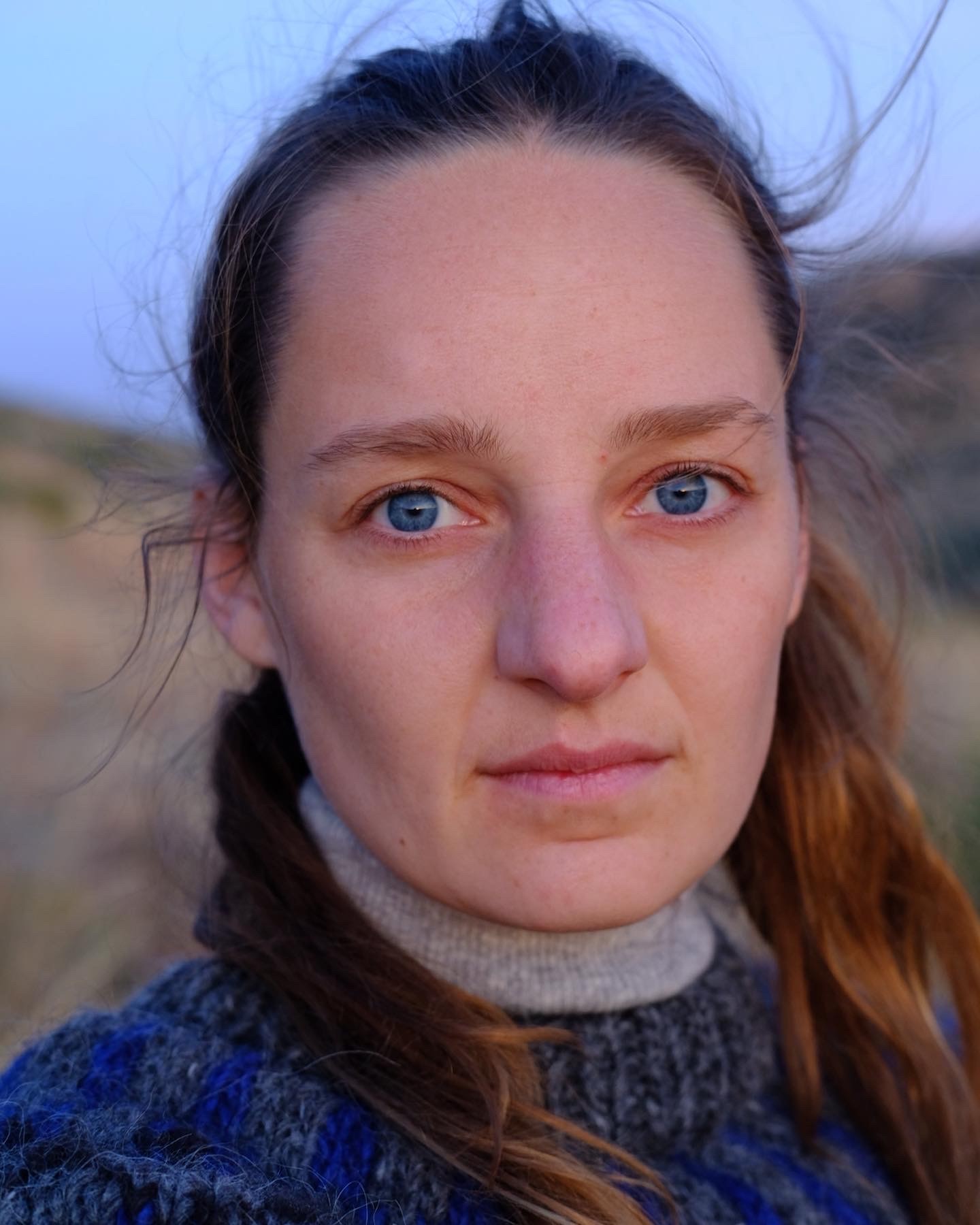Alright – so today we’ve got the honor of introducing you to Elaine Greenwood. We think you’ll enjoy our conversation, we’ve shared it below.
Elaine, looking forward to hearing all of your stories today. Do you think your parents have had a meaningful impact on you and your journey?
My parents, Michael and Julie, are both beautiful and gentle hearted people. They did so much to nourish and love me, and still do. There’s a long list of gratitudes I could name, but as it pertains to this interview, I’ll highlight two. First, my parents have held me with open hands, without a sense of entitlement or possessiveness. They’ve modeled a deep understanding that although they ushered me into this world, I came from beyond them and ultimately don’t belong to them. They’ve given me freedom to live, speak and explore outside of themselves and in this sense, they’ve modeled themselves as true artists. They’ve let me free in the world as a work of art, not criticizing, controlling or keeping a tight grip on my reception in society. Second, they’ve not given up on their own growth and expansion. It’s been incredible to observe how their revelations and adventuresome natures and courageous apologies, even, have this mysterious power to heal me. I’m grateful for the loving nest I was born into.
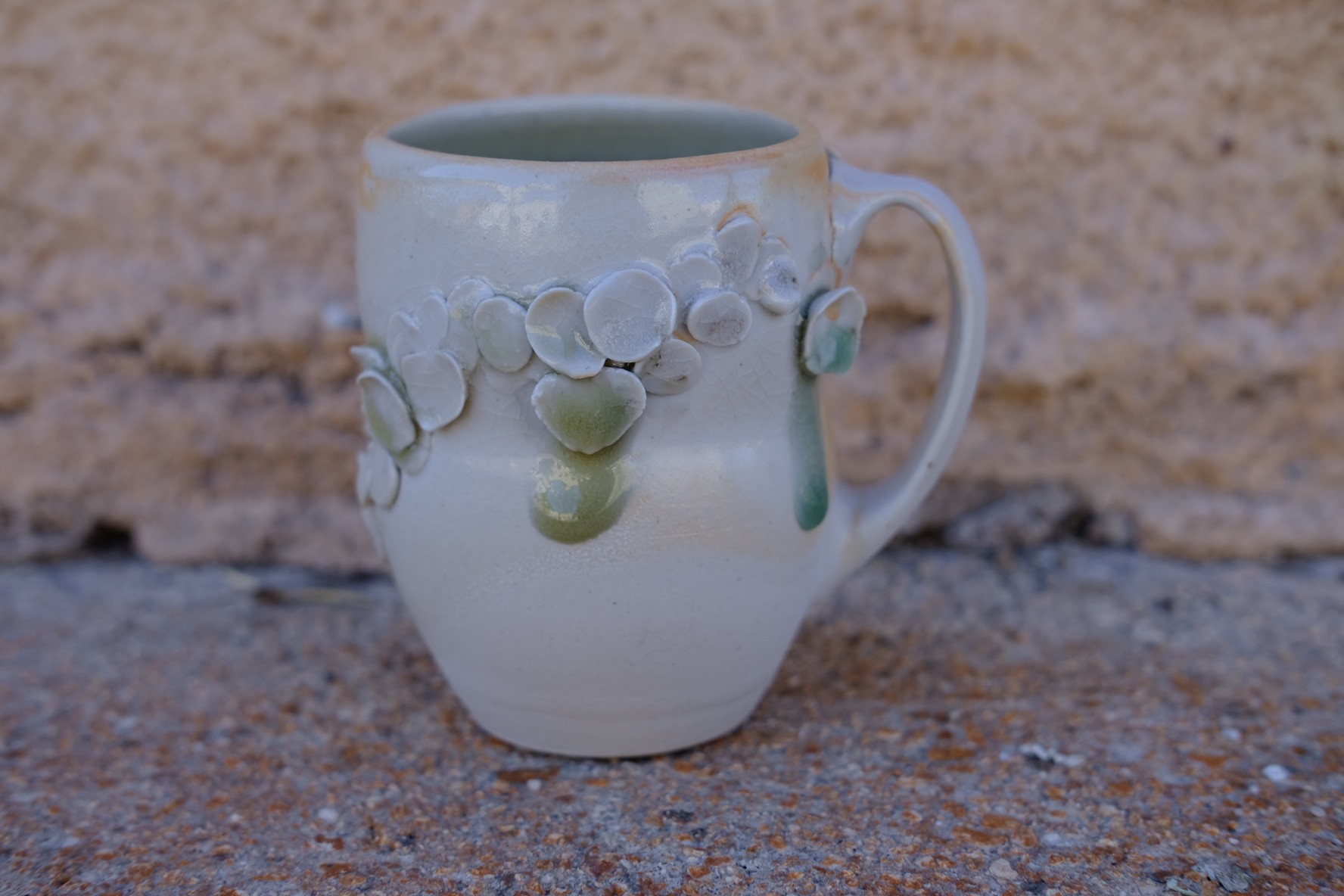
Elaine, before we move on to more of these sorts of questions, can you take some time to bring our readers up to speed on you and what you do?
I think the most fitting way to introduce myself is with a poem, a self portrait of sorts. I love the way poetry can paint a vast picture for the reader, not only visually, but emotionally and spiritually. The following piece is my response to a list of prompts about my lineage and upbringing.
Elaine: from an Old French form of Helen meaning Light
I am from the lilac bush below my window, amethyst
in springtime, faded quilt
I am from a midnight blizzard, an Advent birth
My mother’s birthing sounds and labor stains were softened
by Montana snow
I am from the brown brick church, her yellow basement,
pinewood pews, Seraphim and grape juice
I am from charitable donations and stolen land
infant baptisms and the Masonic pancake feed, Lodge No. 6
I am from a half-size fiddle and a bow
mom’s sock-drawer savings: coffee cakes and babysitting
over from Ireland, over from Germany
Fisherman’s Hornpipe and Devil’s Dream
I am from Jack’s Tire Shop, Patricia’s bowling league
Michael’s Air Traffic Control Tower, Alta’s fur coats
I am from lazy-eyes and long legs
bonbons, salmon and too-hard boiled eggs
I am from a dad who quit cold-turkey, and a mom who started
eating again, we exist and we are capable of change
I am from blood, bread and waterfalls
a murder and a miracle, a stone that rolled away
to name me Light.
To me, artmaking and creative writing is an attempt at clarifying, or distilling, the impossible breadth of information that we encounter simply by opening our eyes every morning. I grew up with an artistic reputation and inclination towards creativity, but it’s taken a long time for me to really own my creativity as legitimate and worthy. I grew up in a very devoted Christian context and I remember being terrified and perplexed at gigantic, existential ideas from a very young age. I realize in retrospect that writing poetry and prose, taking photos and making drawings or songs was my way of containing the impossibility of God and Eternity into bite-sized pieces. It’s almost as if, without consciously knowing it, I was consoling myself with tangible beauty: metaphorical truths and a childlike permission to be small and human.
It’s difficult for me to articulate what I make because I’m at somewhat of a reckoning, a threshold. I studied Studio Art formally in college, and since then much of my learning and maturing has been the arduous process of breaking out of boxes I’ve found myself comfortably locked up in (like ‘potter’ or ‘poet’ or ‘musician’) and instead, allowing myself to swim in the wide waters that is art, expression, and eternity. I’ve made pottery for over ten years now and I enjoy the cathartic process of working with clay. Pottery is so elegant and practical and has the ability to cross right over that art/life boundary into common cupboards and hands. I have a deep admiration for the art. All along the way I’ve written prose and poetry, I recently had my first handful of poems published and I’m currently working on polishing a full-length poetry manuscript. Fiddle music, teaching and violin performance is also a significant part of my creative make-up. I’ve put a lot of hours into the craft. My current crossroads is perhaps a newfound permission, a call even, to push the boundaries of my multiple disciplines into each other, to create from this deep, dark inner place even if what I create is not utilitarian or useful, delineated or understood. Basically, I’m allowing myself to be an artist. So far, this has looked like sewing shards of glass and bone into swatches of silk and linen, experimenting with porcelain in ‘dysfunctional’ ways, making cryptic drawings with gold leaf and red thread and whiteout, putting music to my written words, and sometimes, still, allowing my poems to simply be poems and my porcelain pots to simply be pots and so on.
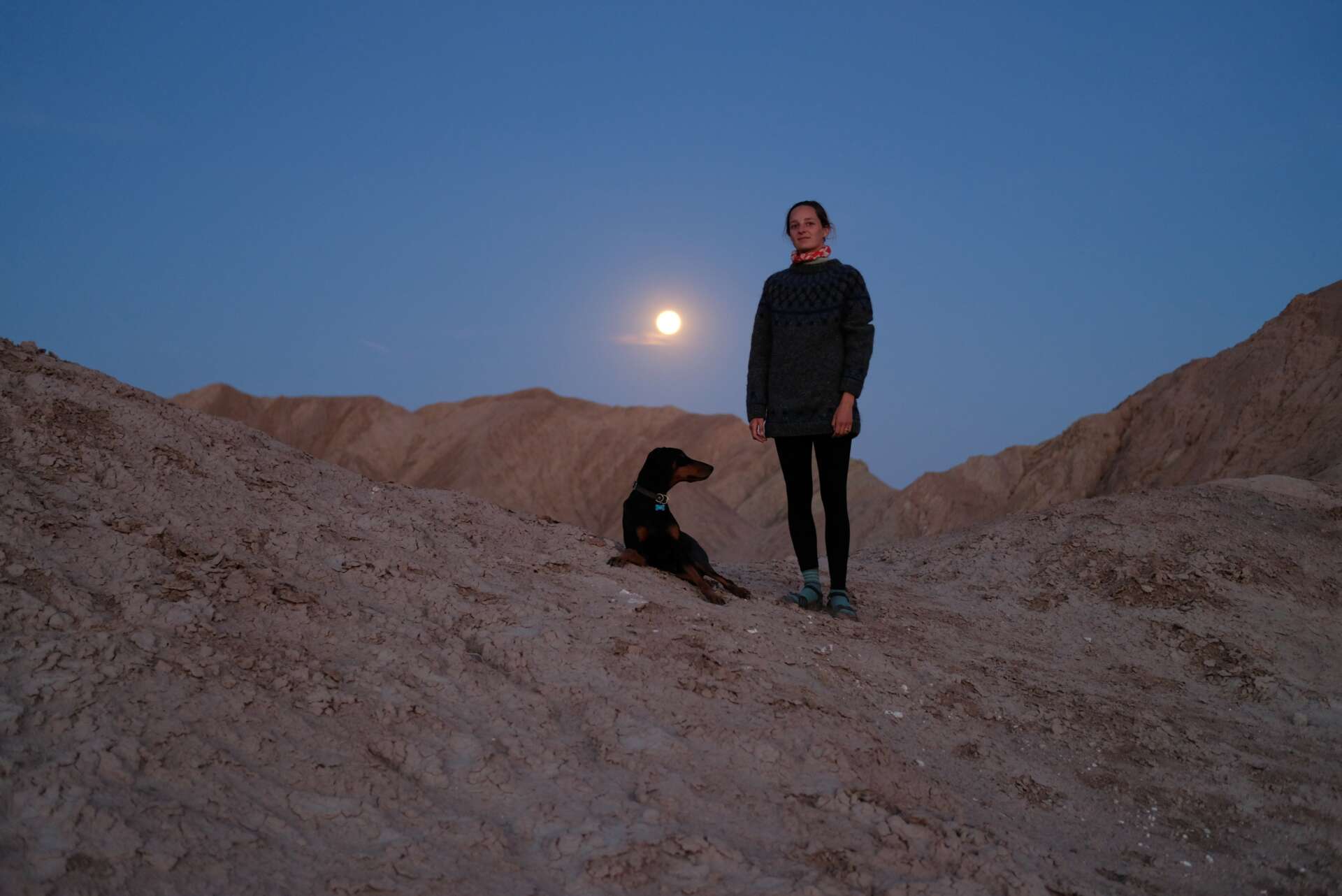
Are there any books, videos or other content that you feel have meaningfully impacted your thinking?
John O’Donohue’s extensive writings on Beauty and Divinity have brought me so much hope and clarity in this season.
I’ve been very influenced by Madeleine L’Engle, she captured my adolescent heart early on with A Wrinkle in Time and since then I’ve devoured her journals and essays. I’ve read and reread her book Walking on Water.
I’m a big fan of Nick Cave, and feel quite strongly that he and Seán O’Hagan wrote Faith, Hope and Carnage just for me. It’s a stunning invitation to be real, raw and human in the chaos and joy that is life and creativity. Since reading the interview I’ve listened to his album Ghosteen over and over.
I love Ellen Bass’ poetry.
I love Lydia Yuknavitch’s brutal and gorgeous memoir The Chronology of Water.
I’ve been particularly drawn to Dostoevsky for a long time and recently discovered the Russian poet Marina Tsvetaeva who I feel a kinship with. Russian literature, art and music is particularly enchanting to me.
Finally, the Bible. This list would be remiss without the Psalms and Prophetic books, especially. There is an aliveness to these sacred texts that, to use a crude metaphor, is akin to one of those holographic postcards. As I change and develop, the poetry and songs of the Bible take on new meaning and depth, and the stories of Jesus become more radical and astounding. I particularly like the way Jesus commended women for being badasses and reprimanded tradition that judged or excluded the ‘unholy’ and marginalized. I’ve been writing poetry in response to some of these passages, attempting to hold these familiar stories up to the light of a contemporary perspective, one so far removed from the original audience.

What can society do to ensure an environment that’s helpful to artists and creatives?
Art is food and medicine to those who choose to regard it with reverence and respect. The best thing society can do to support artists is to engage with their work – to read the poem, to look intentionally at the painting, to stop and listen to the musician. By simply participating, the viewer is giving meaning to the art and standing in as a necessary part of the cycle. Art trains our senses and our minds to be alert for beauty in the unsuspecting margins and corners of our workweeks and seasons, it teaches us to really see and expands our perspective and capacity exponentially. Art is very generous, and beauty begets more beauty.
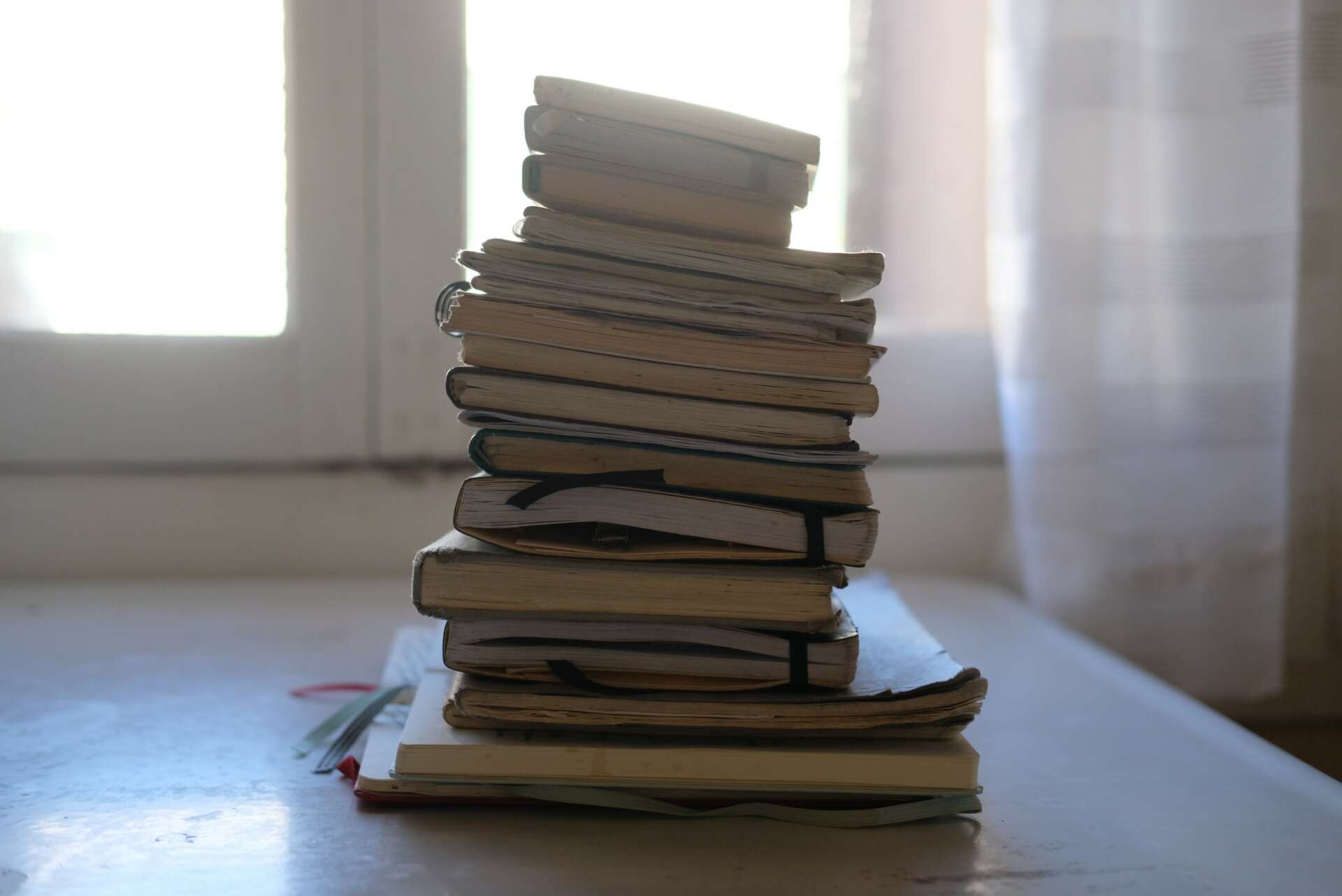
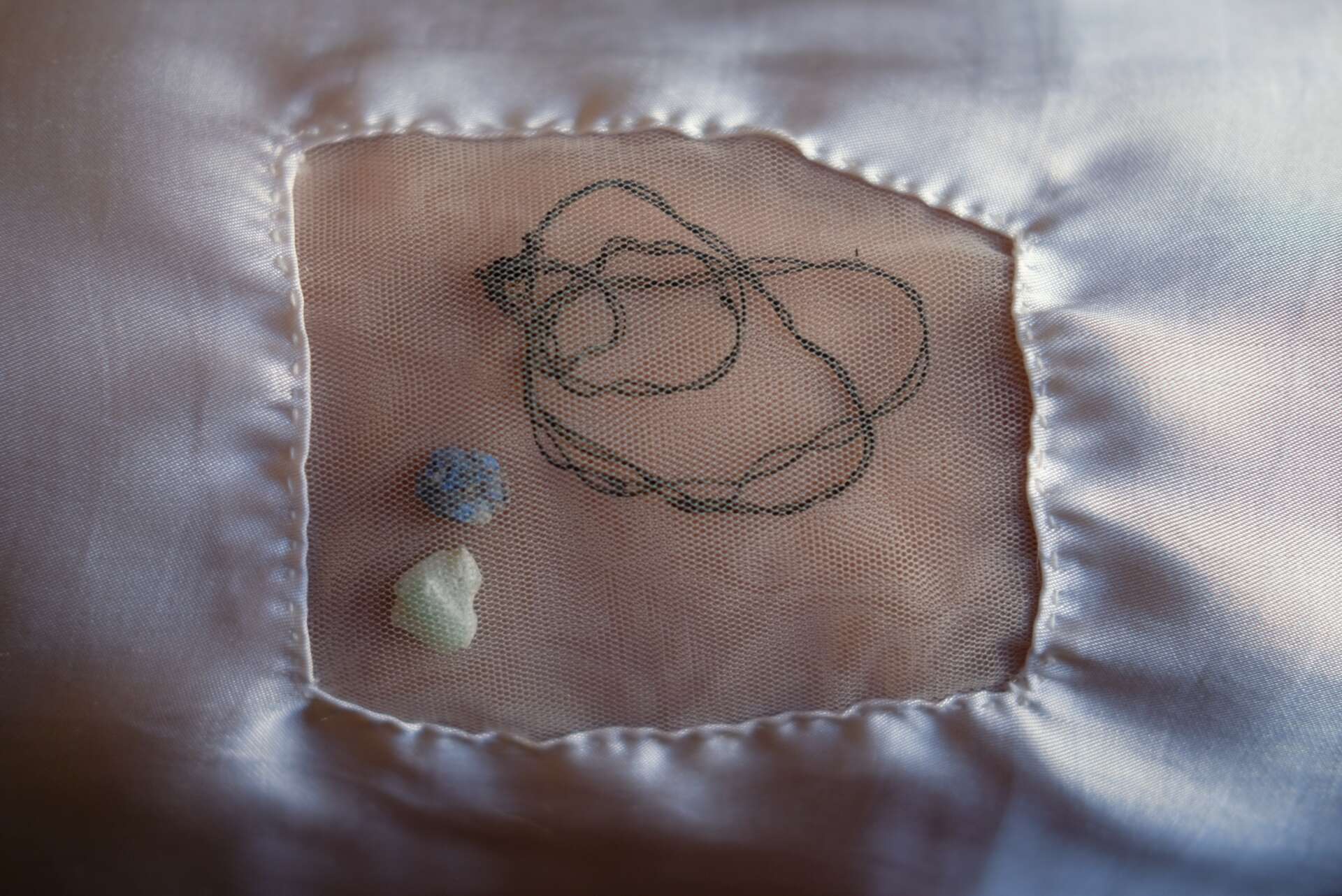
Contact Info:
- Website: elainegreenwood.com
- Instagram: @elainemarge


